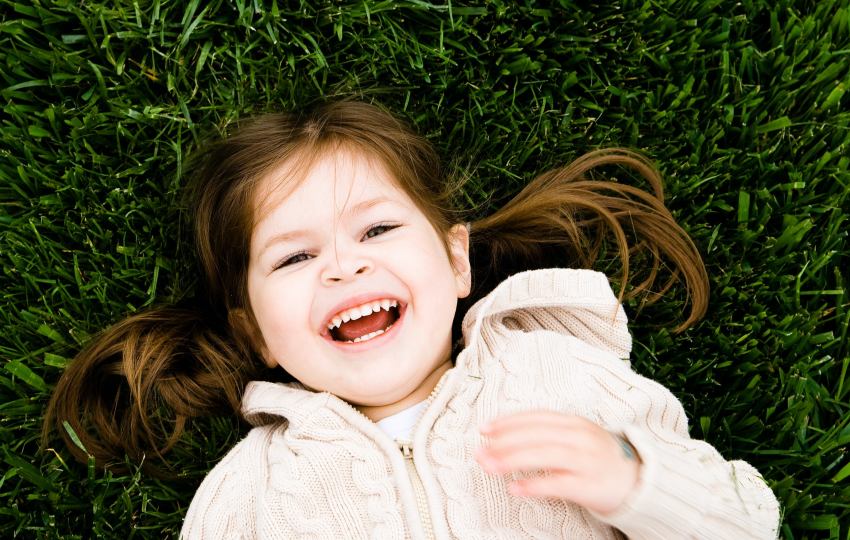All organisations that engage with or come into contact with children should have safeguarding policies and procedures in place. Knowing the principles of child safeguarding guarantees that every child, regardless of age, disability, gender reassignment, colour, religion or belief, sex, or sexual orientation, has an equal right to be safe.
Establishing and adhering to excellent child safeguarding policies and procedures ensures that children are safe from adults and other children who may pose a risk. Voluntary and community organisations, church groups, commercial sector providers, schools, hospitals, and sports clubs, are all included.
What is child safeguarding?
Safeguarding is defined as any measure performed to enhance the well-being of children and safeguard them from danger.
Safeguarding for children entails the following:
- safeguarding children against abuse and mistreatment,
- preventing harm to children’s health or development,
- making sure that children grow up with safety and appropriate care,
- taking action to ensure that all children will have the best outcomes.
Child protection is an important aspect of the safeguarding procedure. It focuses on protecting children who have suffered or are at risk of experiencing serious damage. This contains child protection guidelines that outline how to handle concerns about a young person.
The six principles of child safeguarding
Accountability
When it comes to security, transparency is essential. If you are suspicious that a child, adolescent, or vulnerable adult could be a victim of abuse or mistreatment, you should report it.
If you are responsible for protecting vulnerable individuals, children, and young people, you are legally obliged to keep your child safeguarding training certificates updated. If you are found without having recently completed a safeguarding training course or lack a verified certificate that demonstrates the safeguarding training you had had, you may face harsh consequences.
Empowerment
It is critical for anyone who has been a victim of abuse, neglect, or mistreatment to feel in control of their situation. Working with victims of abuse and neglect is a delicate issue that requires a lot of encouragement and support.
It is your job to ensure that those individuals feel empowered to make their own decisions and that they are not forced to give their consent. You should always remember that those individuals are already going through a trauma. Therefore, any added pressure on them to disclose information must be cautious. It is always possible that they will feel like being investigated, which may deter them from revealing critical information.
Partnership
If you have just attended a safeguarding training course, you will be familiar with multi-agency working. It is critical to collaborate with your local government and any agencies or organisations in your neighbourhood that may be able to assist in spotting and reporting cases of abuse or neglect.
If you decide to report a safety concern, collaboration is important. However, you should always keep in mind that you have confidential information that you should always make sure that it is going to the right person.
Prevention
There are times that it is possible to prevent a harmful event from happening to an individual. You need to be aware of all indications and indicators of abuse and neglect that can help you recognise when something isn’t right. That will put you in a better position to report any concerns about an individual’s well-being “just in time.”
Child safeguarding training on the basic principles will teach you the basic indications and indicators of abuse and neglect. That’s how you will always know what to look for when protecting vulnerable adults, children, and young people.
Proportionality
When an issue of safeguarding occurs, you should disclose your concerns acceptably. If, for example, you notice a suspicious bruise on an individual once without any other signs of abuse, it would probably be better to keep a record of what you witnessed or heard from that person. This will prove useful in case the signs of possible abuse continue and there is suspicion that is something is going on.
Protection
We need to support and be allies to victims of abuse and neglect and anyone else we think that may be in danger. Being there to support them and speak up on their behalf is the most appropriate way to assist them in keeping them away from violence.
Safeguarding is intended to safeguard everyone from harm, whether they are children or vulnerable adults, and wherever they may be exposed to danger. However, It is everyone’s job to be concerned about the well-being of others.
VET SQUARED project and child safeguarding
An increasing number of organisations across the EU, like schools and VET centres, work with children and young people on a daily basis. The VET SQUARED (VET^2) project wants to protect those learners who engage in VET mobility across Europe. To do so, the project focuses focusing on providing safeguarding training to VET staff to ensure that they are up to date with the safeguarding principles and procedures.
The VET SQUARED main project objectives are:
- To implement the best child safeguarding amongst VET mobility organisations on a wider, pan-European scale.
- To develop a holistic, European strategy for effective safeguarding and promotion of quality mobility of VET learners under the age of 18.
- To lay the foundations for the implementation and uptake of a single European VET Mobility Safeguarding Policy at a higher/systemic level.
- To raise awareness of the importance and ongoing need for safeguarding awareness and review within mobility activities.
- To cultivate a European VET Mobility safeguarding focused network through which VET mobility staff and coordinators from both host and receiving organisations can share and exchange resources, knowledge and good practices.

